Everything You Need to Know About Cilantro
I like cilantro, but my girls do not. They think it smells like stink bugs. I love cilantro’s flavor and will often substitute it in recipes that call for parsley. But that’s me.
Cilantro, also known as coriander in some countries, is widely used in cooking, mainly in Mexican, Indian, and Southeast Asian cuisines. This herb’s distinctive taste and aroma can uniquely flavor various dishes. This article will explore the history, uses, health benefits, and controversies surrounding cilantro.
History and Origin of Cilantro
Cilantro is believed to have originated in the Mediterranean and has been used for over 5000 years. The ancient Egyptians, Greeks, and Romans used cilantro for medicinal and culinary purposes. Spanish and Portuguese traders introduced the herb to Asia and the Americas during the 16th century.
Cilantro is a fast-growing herb that can be grown in most climates. It is a cool-season annual that grows well in light, well-draining soil. It is commonly grown for its leaves, which are used as a culinary herb, but the plant also produces seeds used as a spice.
Uses of Cilantro
Cilantro is widely used in cooking and can add a distinctive flavor to various dishes. It is commonly used in Mexican, Indian, and Southeast Asian cuisines. For example, in Mexico, this herb is often used in salsa and guacamole; in India, it is used to flavor chutneys, curries, and rice dishes. It is commonly used in Southeast Asia soups, salads, and stir-fries.
Cilantro is a versatile herb that can be used in both fresh and dried forms. Fresh leaves are often used as a garnish or added to dishes at the end of cooking to retain flavor. Dried leaves are less pungent than fresh leaves and are often used in spice blends or added to soups and stews.
Health Benefits
Cilantro has several health benefits and has been used in traditional medicine for centuries. The herb contains vitamins and minerals, including vitamins A, C, calcium, and iron. It also contains antioxidants, which help to protect the body against oxidative stress and may reduce the risk of chronic diseases such as cancer and heart disease.
Cilantro is also believed to have anti-inflammatory properties and may help to reduce inflammation in the body. In addition, the herb has been shown to have antimicrobial properties and may help to fight bacterial and fungal infections.
Controversies Surrounding Cilantro
Despite its popularity in many cuisines, cilantro has also been controversial. Some people love the herb and find its taste and aroma refreshing and flavorful, while others find it soapy or unpleasant.
The reasons behind these differing perceptions of cilantro are not fully understood, but it is believed to be due to genetic differences in taste and smell receptors. A small percentage of people have a genetic variation that makes cilantro taste like soap or metal to them, which can lead to an aversion to the herb.
What does it smell like?
Cilantro has a strong and distinct aroma, often described as fresh, citrusy, and herbaceous. Its fragrance is similar to its taste and is often used to enhance the flavor of a dish.
However, some people also describe cilantro’s aroma as soapy or slightly pungent, which may be related to the genetic variations in smell receptors that can cause some people to dislike the herb’s smell and taste. Overall, cilantro’s aroma is a critical component of its unique flavor profile, making it a popular herb in many cuisines.
What does it taste like?
Cilantro has a unique and distinctive taste that is difficult to describe. It has a fresh, citrusy, and slightly bitter flavor with a hint of sweetness. Cilantro’s taste can vary depending on its use and the dish it is paired with.
Why does it smell like stinkbugs to my kids?
There is a perception among some people that cilantro smells like stinkbugs, which can be an unpleasant odor. This perception may be due to certain cilantro chemicals in some insects’ defensive secretions, including stinkbugs.
One of these chemicals, called (E)-2-decenal, is responsible for the herb’s citrusy and slightly grassy aroma. However, (E)-2-decenal is also present in the defensive secretions of stinkbugs, which may explain why some people perceive a similarity between the odor of cilantro and stinkbugs.
It is important to note that not everyone perceives the smell of cilantro as similar to stinkbugs, and the perception of odor is subjective and can vary from person to person. Additionally, the aroma of cilantro can also vary depending on factors such as how fresh the herb is, how it is stored, and how it is used in a dish.
How is it used in cooking?
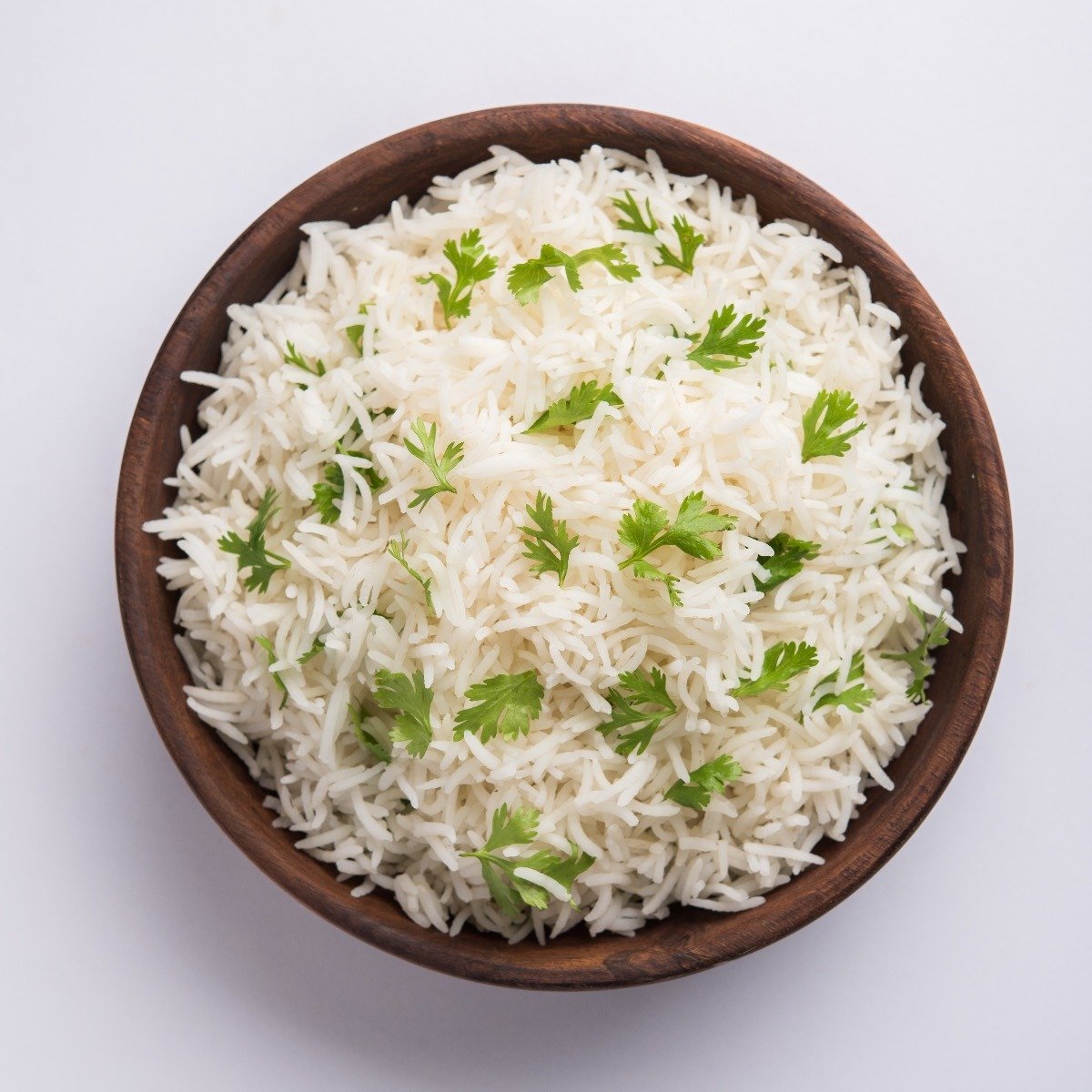
Cilantro is a versatile herb that can be used in many different ways in cooking. Here are some common ways to use cilantro in various dishes:
- Salsa and Guacamole: Cilantro is a staple ingredient in many Mexican-style salsas and guacamole. Finely chop fresh cilantro leaves and mix them with tomatoes, onions, jalapenos, and lime juice for a flavorful salsa or add them to mashed avocados to make guacamole.
- Curry and Rice Dishes: Cilantro is commonly used in Indian and Southeast Asian curries and rice dishes. Add chopped cilantro leaves to curry sauces or sprinkle them over rice dishes to add a fresh, herbaceous flavor.
- Soups and Stews: Cilantro can be added to soups and stews to add a burst of flavor. Add fresh cilantro leaves at the end of cooking to preserve their flavor, or use dried cilantro leaves to add a milder, more subtle flavor.
- Salads: Cilantro can add a fresh, herbaceous flavor to salads. Chop cilantro leaves and mix them with salad greens, vegetables, and dressing for a refreshing and flavorful salad.
- Marinades and Dressings: Cilantro can add flavor to marinades and dressings. Mix chopped cilantro with oil, vinegar, and other herbs and spices to create a flavorful marinade or dressing for meats, vegetables, or salads.
- Tacos and Wraps: Cilantro is a popular topping for tacos, burritos, and other wraps. Finely chop cilantro leaves and sprinkle them over the top of these dishes for added flavor and freshness.
What cuisines use a lot of cilantro?
Cilantro is used in many different cuisines worldwide but is particularly prevalent in Latin America, the Caribbean, and Southeast Asia.
- Mexican Cuisine: Cilantro is a staple ingredient in many Mexican dishes, including salsas, guacamole, tacos, and enchiladas.
- Thai Cuisine: Cilantro is commonly used in Thai curries, soups, and noodle dishes, as well as in the popular condiment known as nam prik.
- Vietnamese Cuisine: Cilantro is used in many Vietnamese dishes, such as pho noodle soup, bánh mì sandwiches, and fresh spring rolls.
- Indian Cuisine: Cilantro is a common ingredient in many Indian curries and rice dishes, as well as in the popular coriander chutney.
- Caribbean Cuisine: Cilantro is used in many Caribbean dishes, including jerk chicken, rice and peas, and conch fritters.
It comes down to planning and using your imagination. The other day my wife decided to make some gazpacho, a delicious uncooked soup served cold and featuring tomatoes, onion, cucumbers, and other fresh ingredients. I like it because you can change the recipe to suit your tastes. If you searched the Internet, you would find dozens of variations. You can just pick the one that has the ingredients you like best.
The recipe we like for gazpacho is here and is adapted from the Moosewood Restaurant Cookbook. This recipe calls for 1/4 cup of fresh parsley, but my wife made it with fresh cilantro.
Since we didn’t use all the cilantro for this recipe, what did we do with the rest? I used it the next night to make a simple mango salsa to serve on some grilled fresh tuna that was on sale. If we didn’t use it to make mango salsa, we could have made my favorite Homemade Salsa, a more traditional Mexican-style salsa you can find here.
Another way I like to use up leftover fresh herbs is to make your herb butter. It’s easy to serve it on grilled steaks, chicken, fish, or vegetables. It’s an easy way to add a layer of flavor to your meal. Here’s a simple recipe for a quick Cilantro Herb butter that you may want to try.
Coriander Seeds
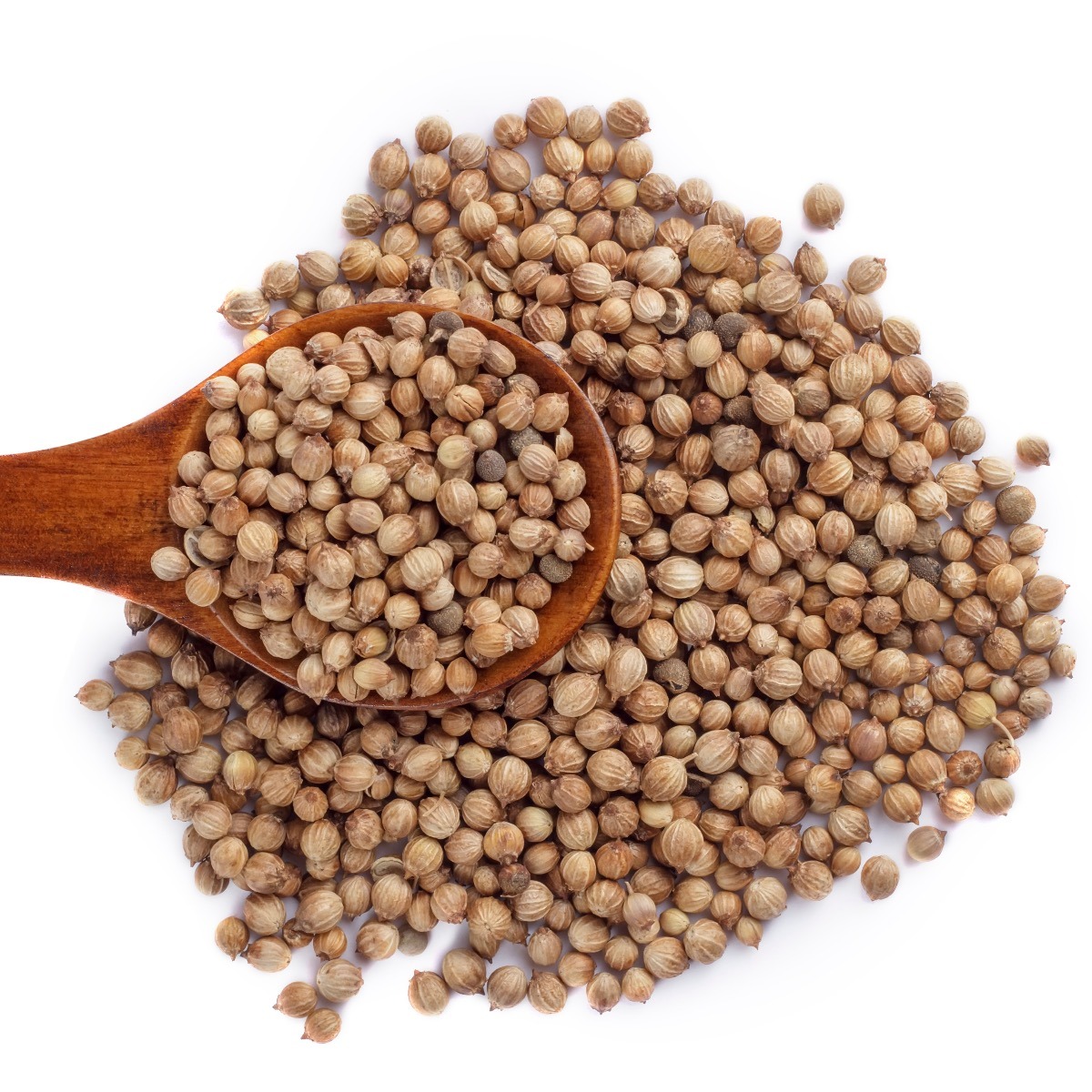
Most of us are more familiar with coriander seeds that are not seeds but the dried fruit of the coriander plant. Coriander seeds look like tiny little balls and only smell that good once dried. As they dry, they develop a more pleasant scent that resembles a combination of lemon, sage, and caraway.
Besides whole seeds, you will often find ground coriander sold at your supermarket. It is frequently used in baking; many curry and soup recipes call for it. In addition, it is trendy in Chinese and Thai cooking to add a little citrus quality to the dishes. The leaves from the plant are called cilantro, but you may have heard them called Chinese parsley. They have an extremely pungent smell, and the taste is one you either like or dislike.
Update:
Because of all the great emails I received from my cilantro newsletter, I wanted to share with you some additional ideas. First, I received several emails from home cooks who had a great idea for leftover cilantro…freeze it. Here’s what one of them said,
“I am a huge lover of cilantro and use it on fish, chicken, pinto beans, and other things. I have been freezing it for years and chopping off just what I need. It has worked great!! I leave it in the plastic bag I put in from the grocery, stick it in the freezer, and use it as needed. Doesn’t work so well for salsas, but for anything you cook, it’s great.”
Secondly, my wife reminded me of another of her favorite recipes featuring this herb, Cilantro Shrimp. It’s a recipe I adapted from a local restaurant in Park City.
Some of My Favorite Ingredients

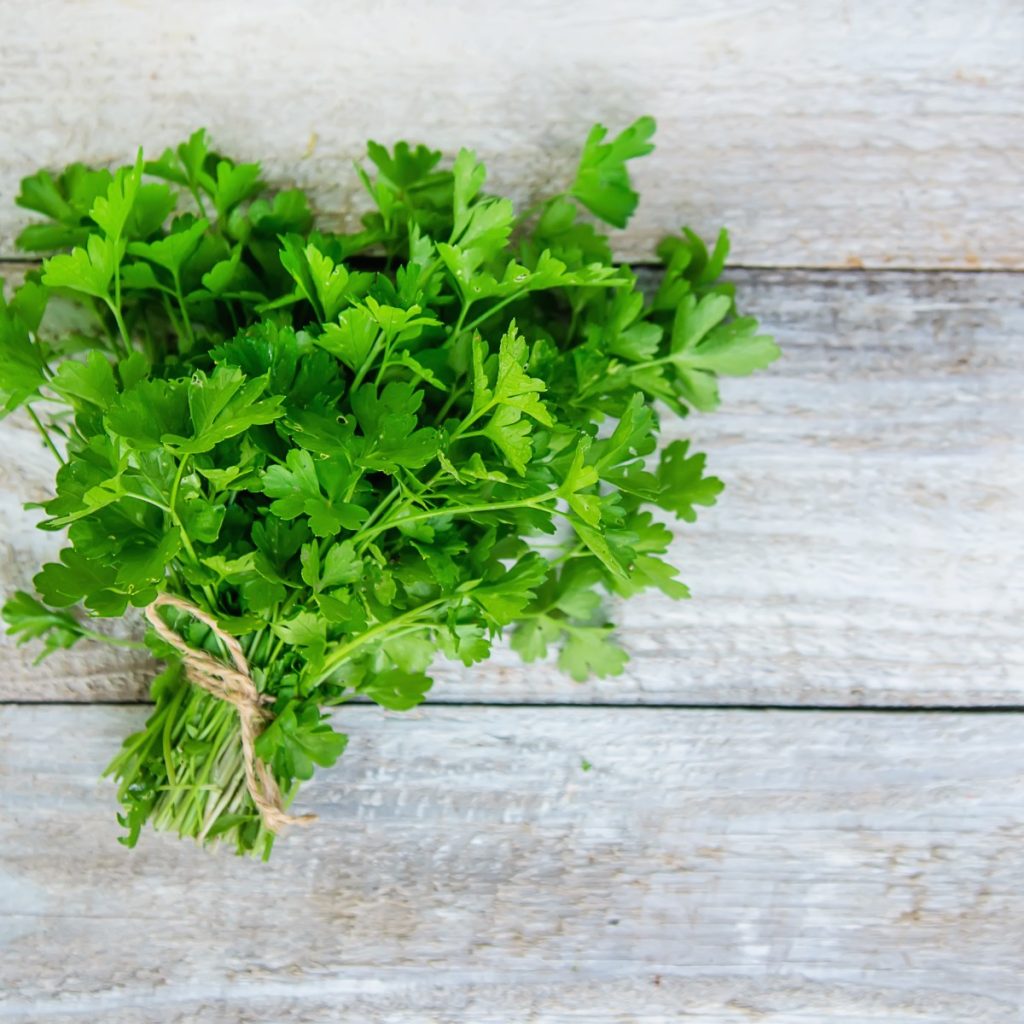
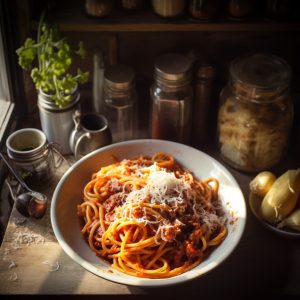
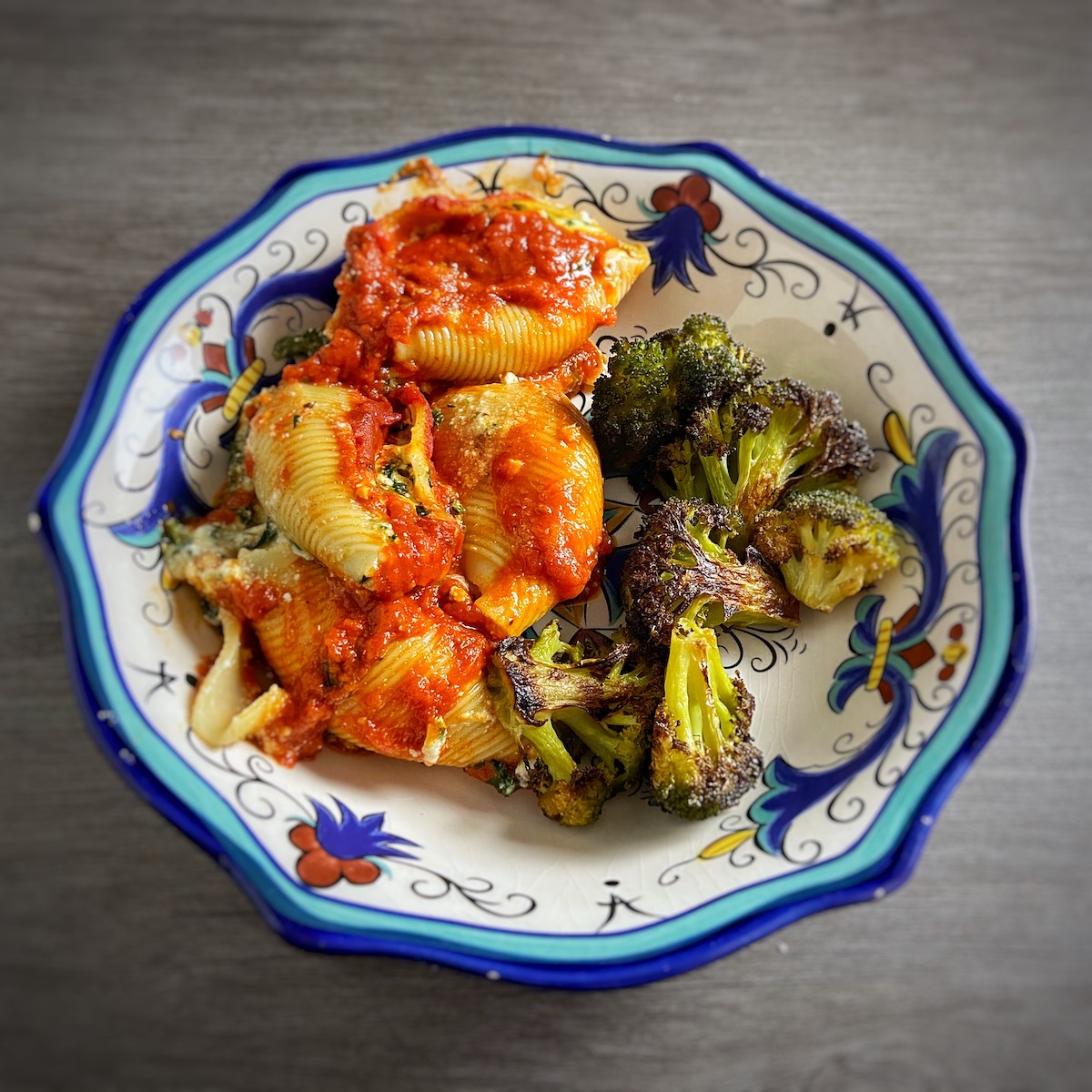



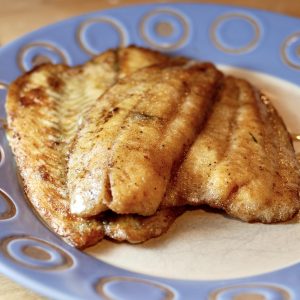


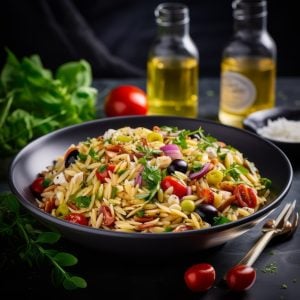
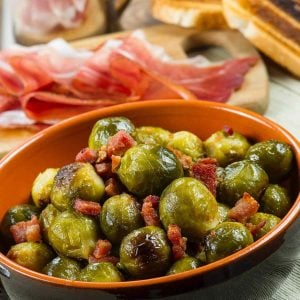
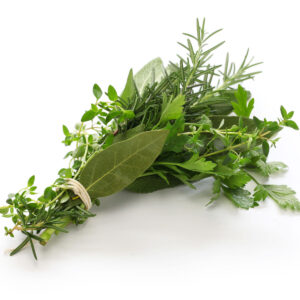
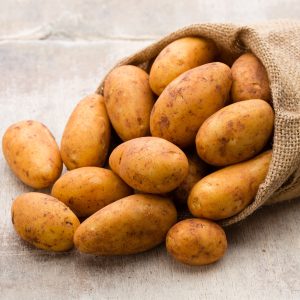


8 Responses
TIP: Fresh cilantro properly bagged will keep for a good number of days! Unpack a large bunch from the store (it’s usually a little wet) and gently separate the delicate twigs just a bit to roll it out over a foot or two of paper towel.
Then carefully, evenly scroll the paper towel around the cilantro, and place it in a clear vegetable bag to lay it in the fridge. I am surprised this herb can last over a week when I do this; the paper towel regulates the moisture very well so the cilantro stays crisp but doesn’t rot from moisture or wilt.
Why doesn’t cilantro dry well?
You could also grow your herbs in a small pot or mini house garden right in the kitchen. You won’t have to worry about those leftovers spoiling and its greener too!
Can you cook cilantro with the meat? Or after the meal is cook
Sure you can cook with cilantro but I have read it’s better to add it toward the end of the cooking process to preserve the cilantro’s flavor, color and texture.
I would like to know can you bake or roast cilantro until it’s dried up and then put it in a like salt shaker or a seasoning shaker and it last a long time?
Me too. Let me do some research.
I make it easy on myself,I buy the frozen cilantro and other herbs frozen cubes in their own trays by Dorot,they are sold where the frozen veggies are.I know not every supermarket has them, but if a number of customers request them they probably will bring them in.